Content

Water Treatment System in Medical Stations: Components and Technologies
Update: 06/07/2024
Share:




Overview of Medical Station Wastewater Treatment System
Concept
Medical station wastewater treatment is the process of collecting, treating, and removing pollutants from wastewater generated at medical stations. This process involves using physical, chemical, and biological methods to remove pollutants, ensuring that the wastewater meets environmental standards before being discharged into the natural environment.
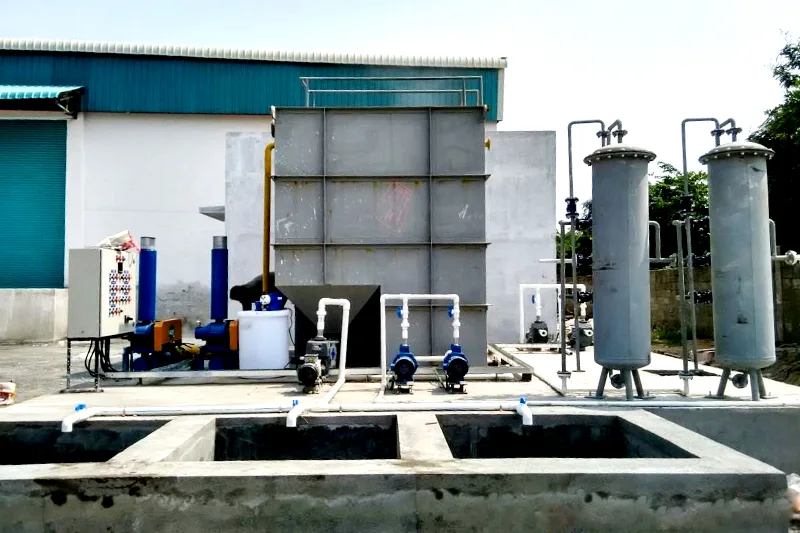
The medical station wastewater treatment system is an important solution to ensure that wastewater from medical facilities is treated properly, preventing environmental pollution and protecting community health.
Process of Medical Station Wastewater Treatment System
1. Collection and sedimentation: Wastewater is collected in settling tanks to remove large solid particles and sludge.
2. Biological treatment: Using microorganisms to decompose organic matter in wastewater. This step often includes aerotank tanks or activated sludge systems.
3. Filtration and disinfection: After biological treatment, the wastewater is filtered through materials such as sand, activated carbon to remove remaining impurities. Finally, the wastewater is disinfected using methods such as chlorination or ultraviolet light to destroy bacteria and viruses.
4. Discharge or reuse: Treated wastewater that meets standards can be discharged into the environment or reused for other purposes such as irrigation, environmental sanitation.
Implementing wastewater treatment equipment at medical stations is necessary and brings many practical benefits. This not only protects the environment but also contributes to ensuring the health of the community.
Equipment in Medical Station Wastewater Treatment System
The wastewater treatment system at medical stations is an essential part to ensure environmental safety and community health. The equipment in this system plays a crucial role in removing harmful pollutants and bacteria.
Sedimentation Tank
The sedimentation tank functions to separate suspended solid particles from wastewater. When wastewater enters the sedimentation tank, solid particles settle to the bottom of the tank by gravity. The sedimentation tank helps reduce the load of solid substances and creates favorable conditions for subsequent treatment processes.
Biological Filtration Tank
The biological filtration tank is an important device for removing dissolved organic matter in wastewater. This equipment uses microorganisms to decompose organic matter, turning them into simpler and less harmful forms. Biological filtration tanks are usually in the form of membrane filters or trickle biofilters, depending on the scale and specific requirements of each medical station.
Disinfection Tank
The disinfection tank is the final stage in the wastewater treatment process, ensuring that the discharged wastewater meets safety standards. The disinfection tank typically uses disinfectants such as chlorine or ultraviolet light to kill remaining bacteria and disease-causing agents. This disinfection process ensures that the treated wastewater does not harm the environment and human health.
The medical station wastewater treatment system includes important equipment such as sedimentation tanks, biological filtration tanks, and disinfection tanks. Each device plays a separate role but aims to the common goal of efficiently and safely treating wastewater. Understanding the role of each device helps us better manage and operate the wastewater treatment system, contributing to environmental protection and community health.
Technology Diagram of Medical Station Wastewater Treatment
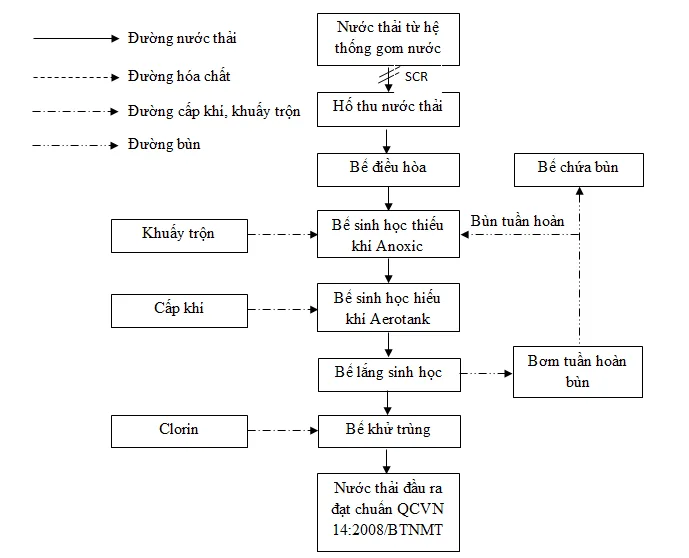
Benefits of Treating Wastewater at Medical Stations
- Environmental protection: Minimize water and soil pollution, contributing to ecosystem protection.
- Community health protection: Prevent the spread of infectious diseases through water sources.
- Compliance with legal regulations: Ensure wastewater discharge standards according to legal regulations, avoiding administrative penalties.
Conclusion
Xử lý nước thải trạm y tế là một vấn đề quan trọng, cần được quan tâm và đầu tư đúng mức. Bằng cách áp dụng các giải pháp công nghệ tiên tiến và quy trình quản lý chặt chẽ, chúng ta có thể bảo vệ môi trường và sức khỏe cộng đồng một cách hiệu quả.
Update: 06/07/2024
Share:




Related news
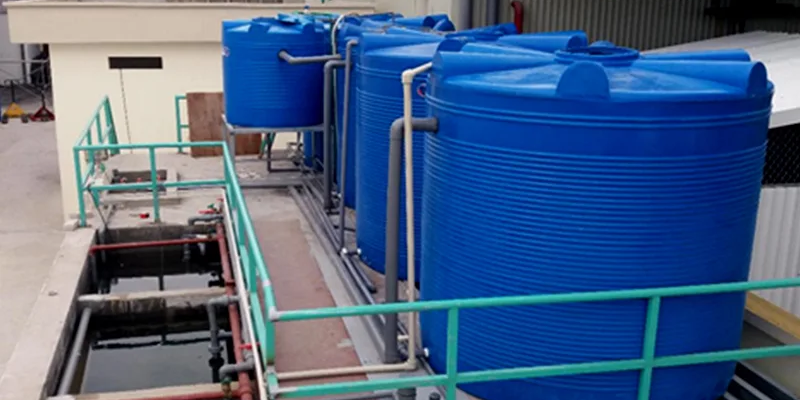
Effective Pharmaceutical Wastewater Treatment Solutions from Toan A JSC
Created at: 04/09/2024

Optimal Solution for Medical Wastewater Treatment from Toan A JSC
Created at: 04/09/2024
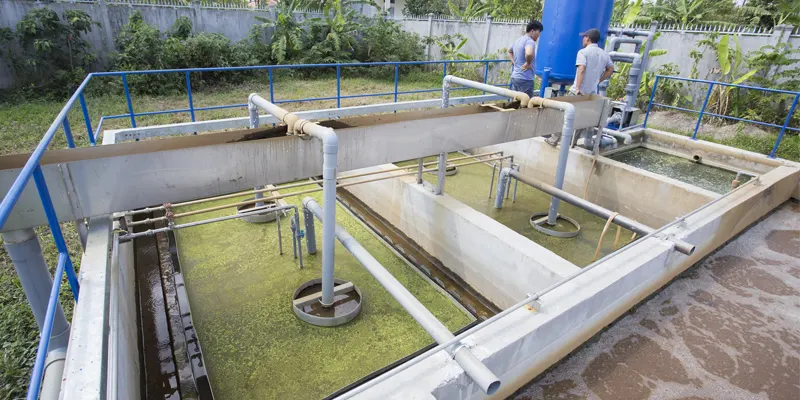
Advanced domestic wastewater treatment technology by Toan A JSC
Domestic wastewater is one of the largest sources of pollution to the environment if not treated properly. In Vietnam, besides individual households, urban areas, apartment buildings, restaurants, hotels, and service establishments are required to comply with the treatment of domestic wastewater according to the QCVN 14:2008 standard set by the Ministry of Natural Resources and Environment to ensure environmental safety and human health. Currently, there are many methods for treating domestic wastewater, each with its own characteristics and specific applications, suitable for different types of wastewater and specific requirements. Let's explore this issue further with Toan A JSC in the following article!
Created at: 14/08/2024






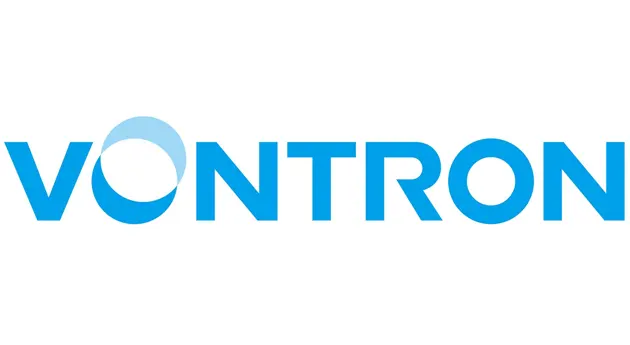



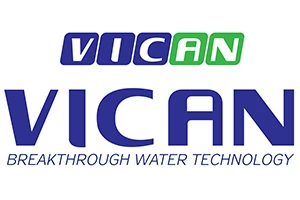






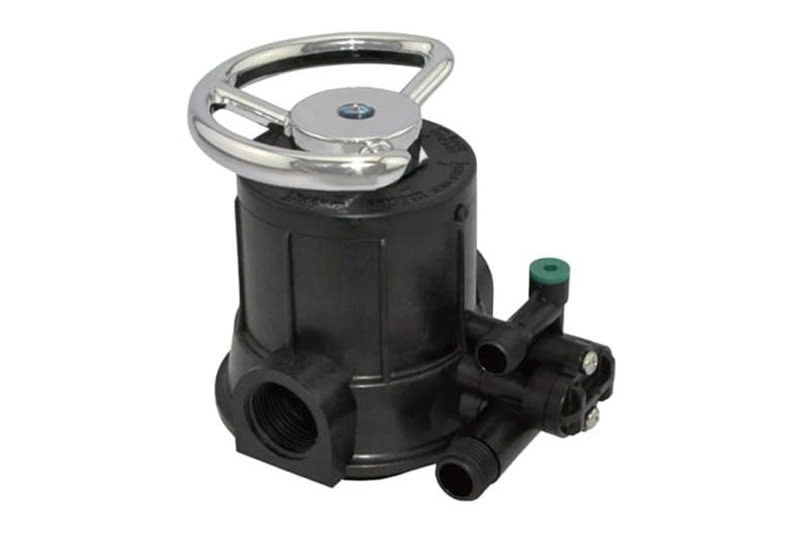
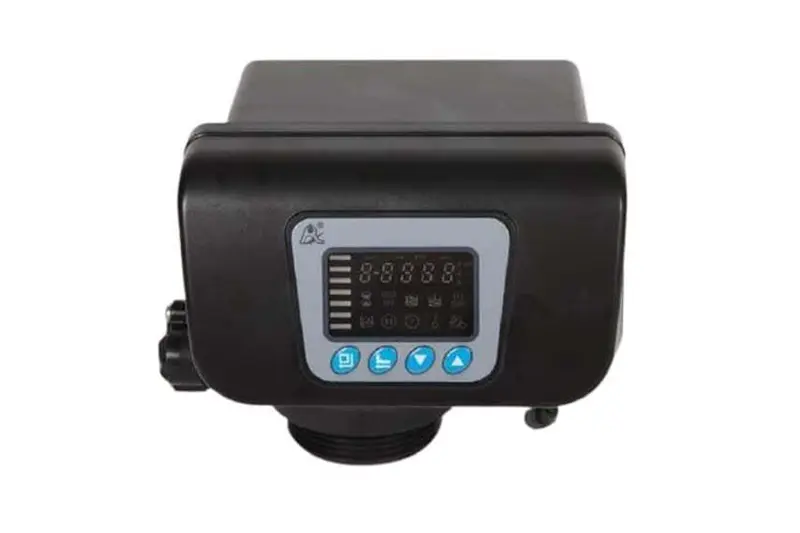




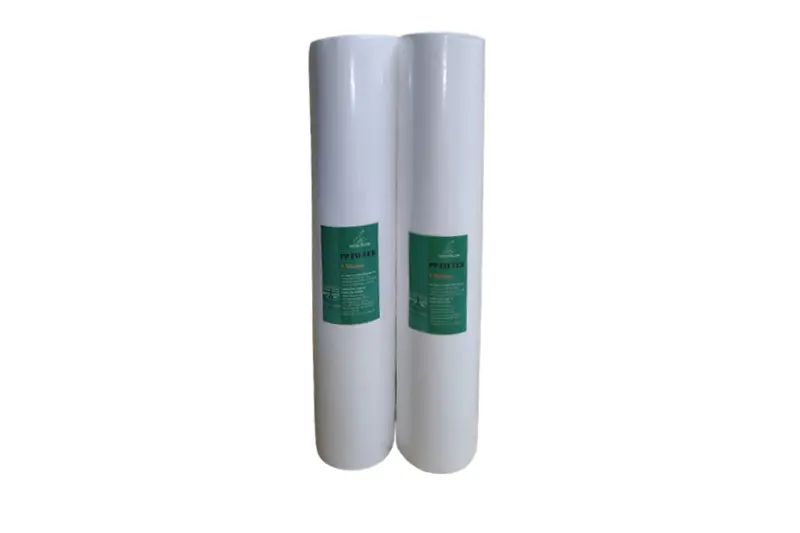



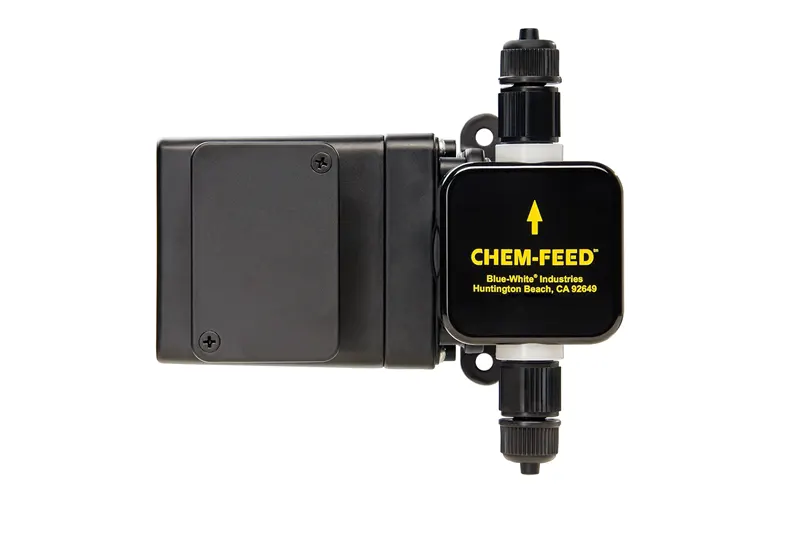
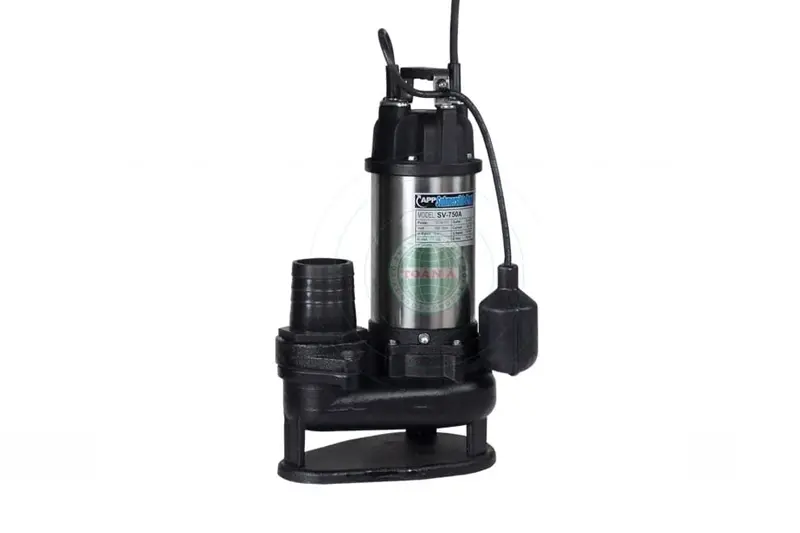



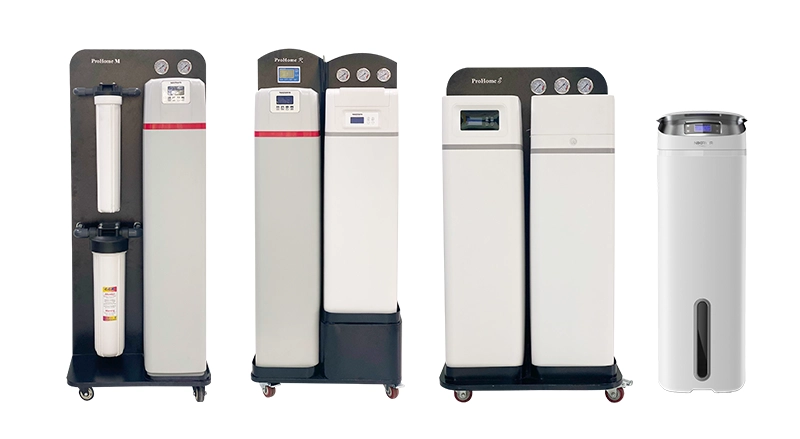
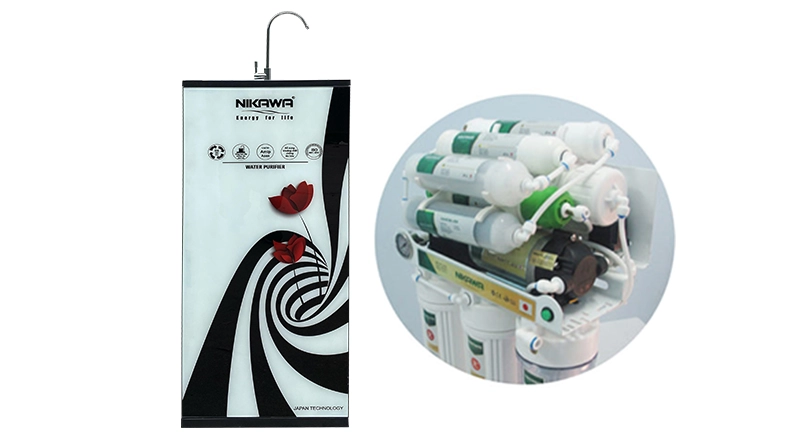
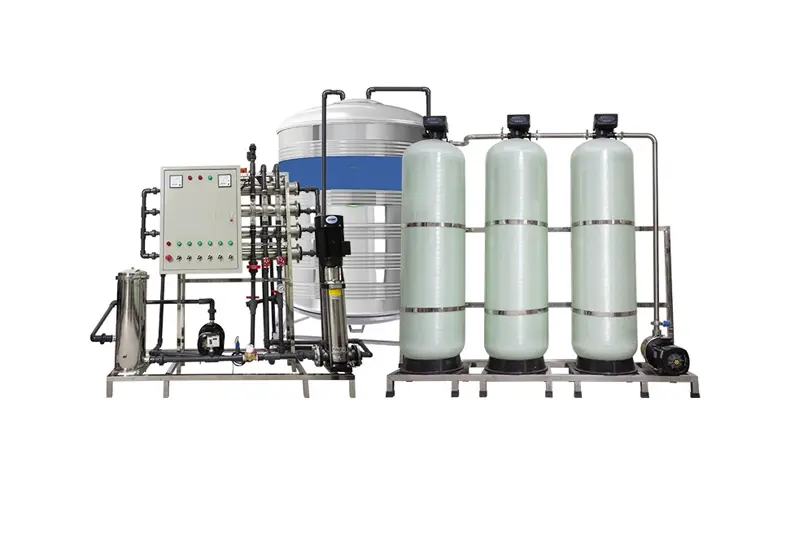
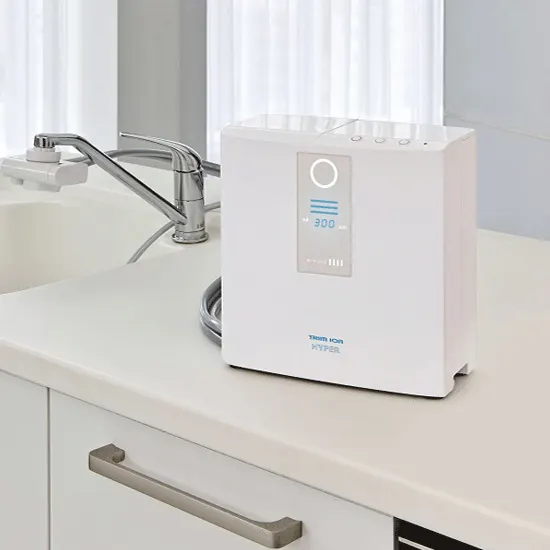
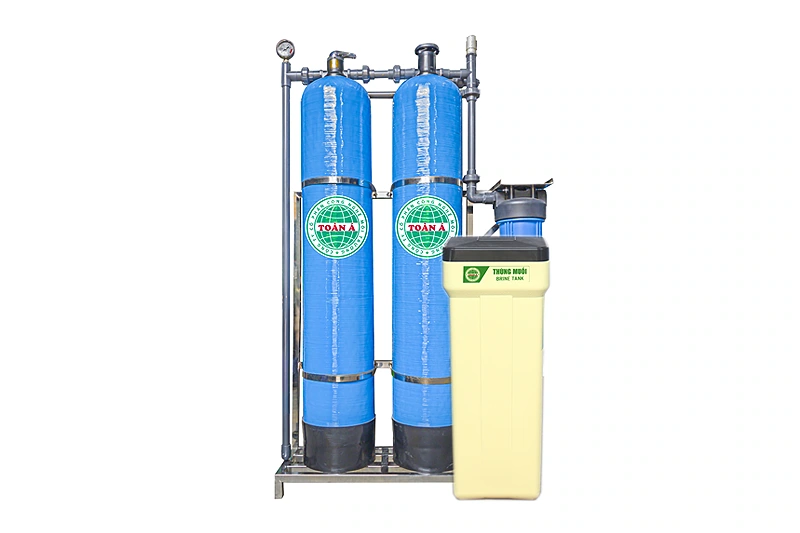


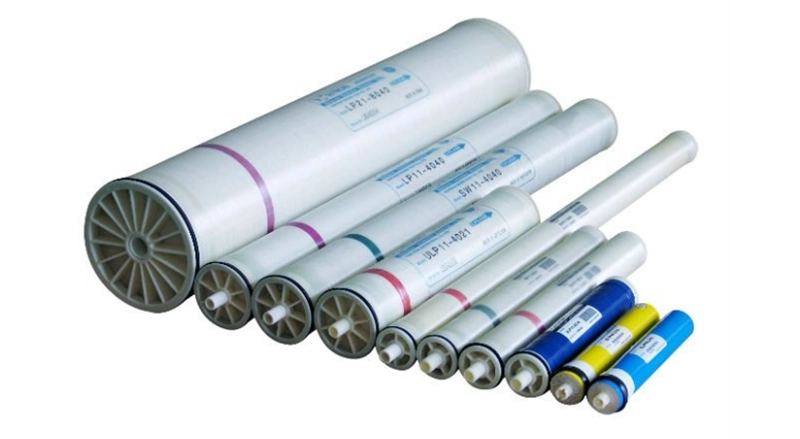
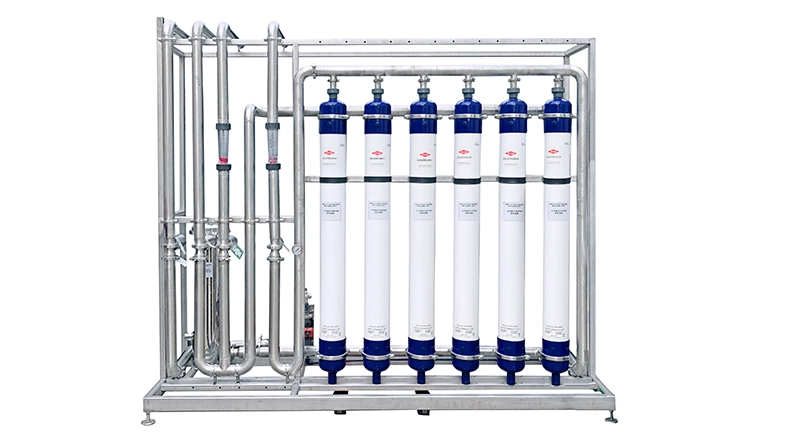


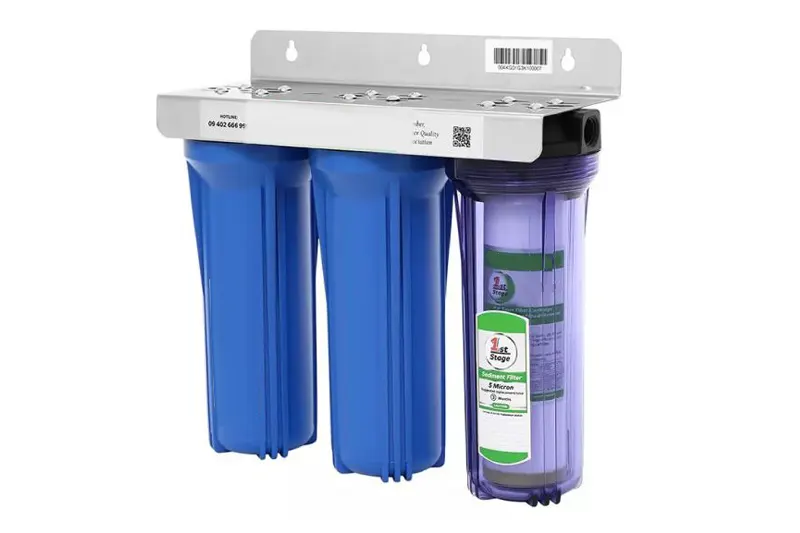

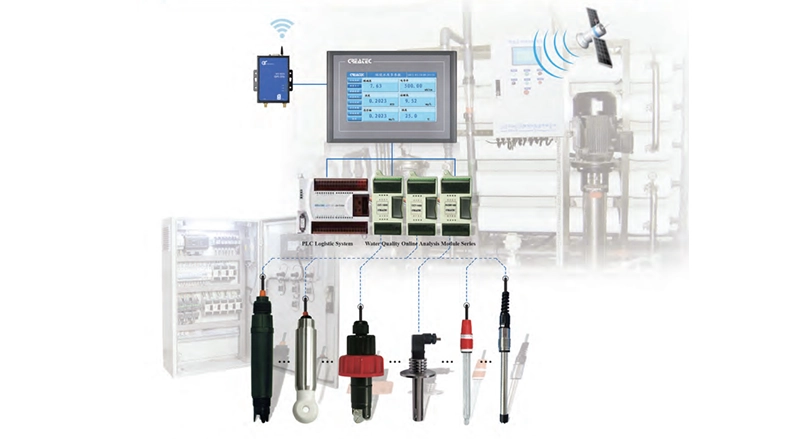
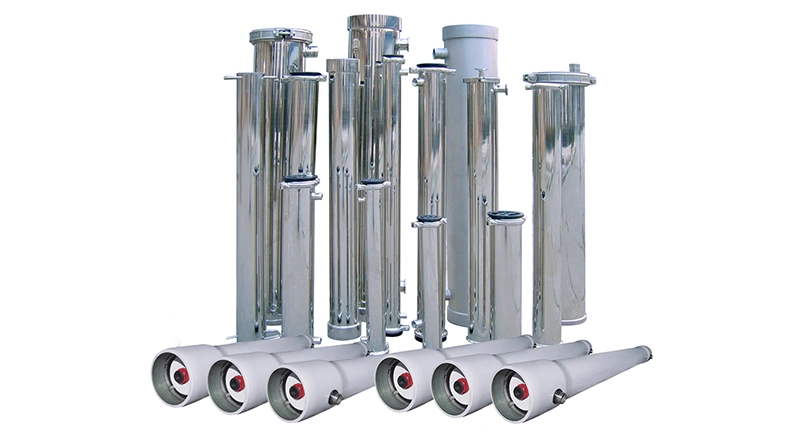
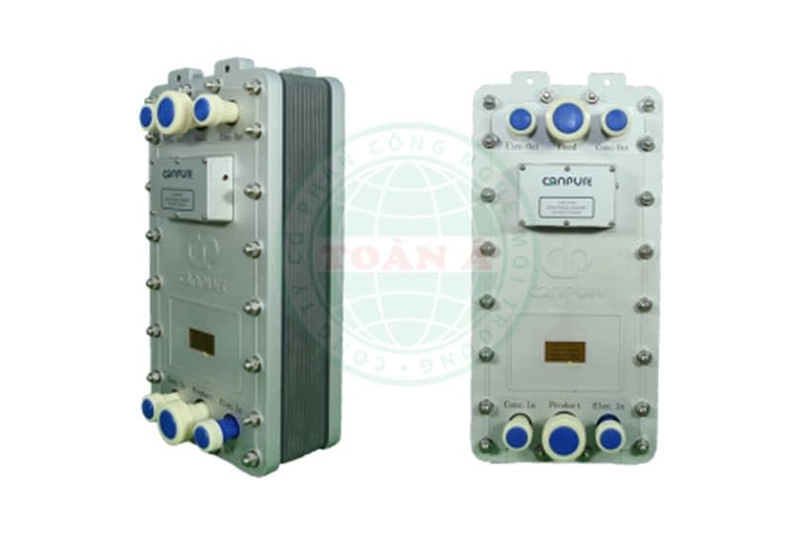
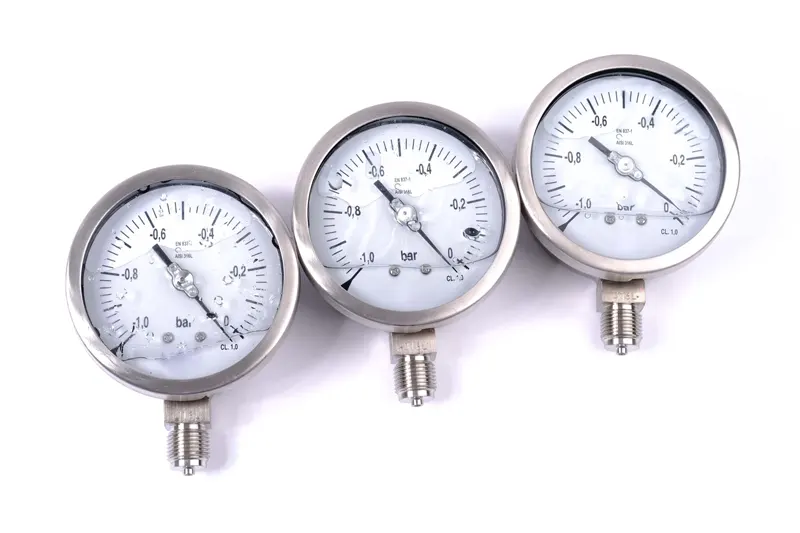
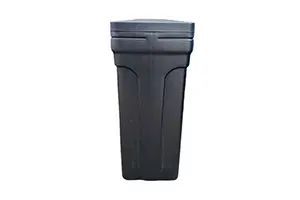


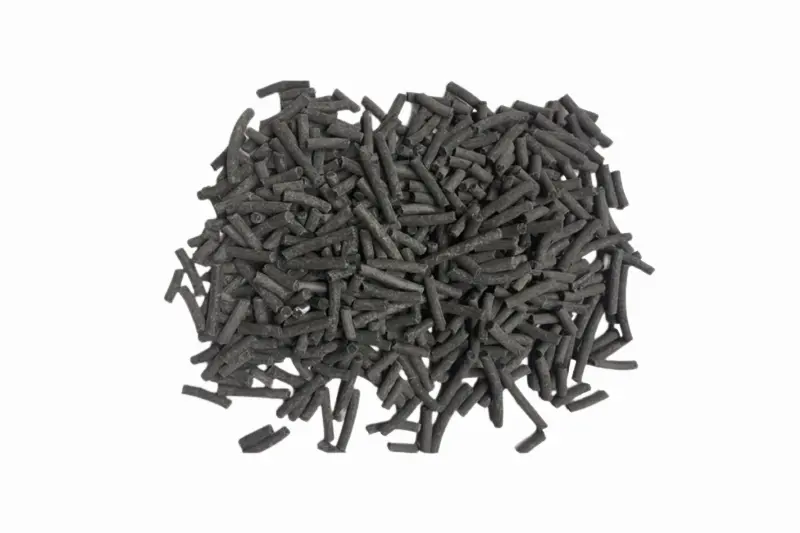
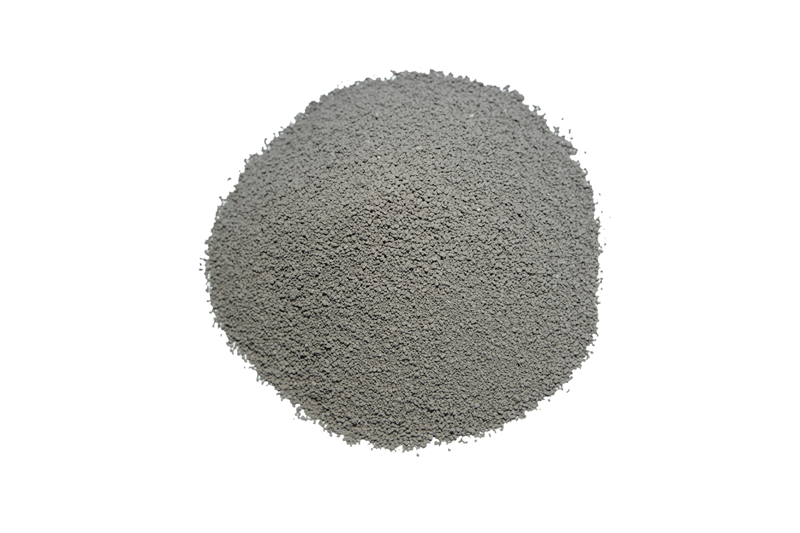
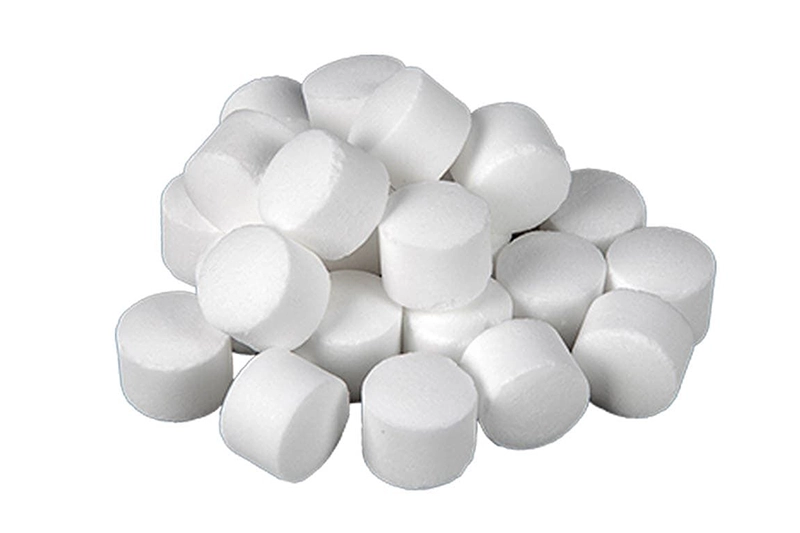
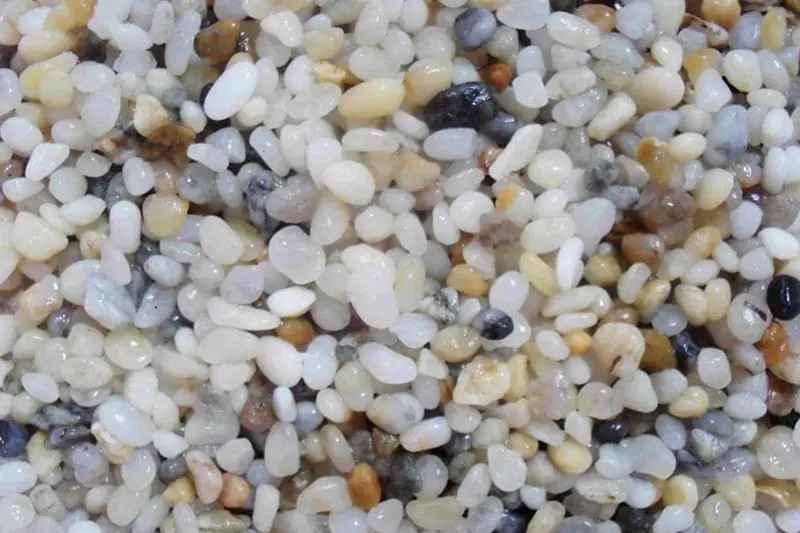









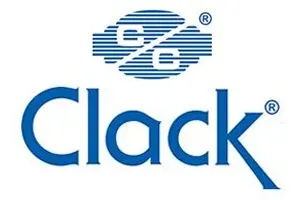
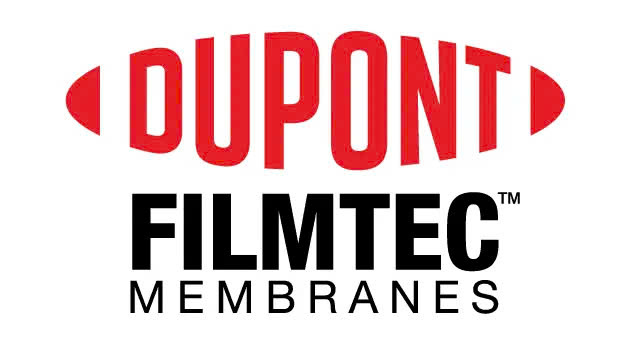
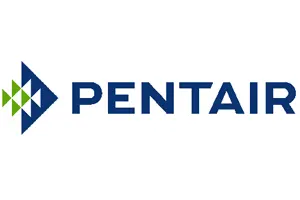
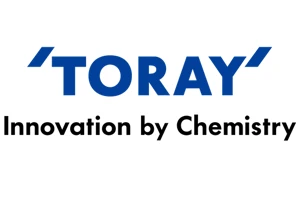

 Water Filter Columns
Water Filter Columns
 Water Filtration Membranes
Water Filtration Membranes
 Control Valves
Control Valves
 Water Filter Cartridges
Water Filter Cartridges
 Water Pumps
Water Pumps
 Water Filtration Equipment
Water Filtration Equipment
 Water Filtration Components
Water Filtration Components
 Water Filtration Materials
Water Filtration Materials
 Heat Pump Water Heaters
Heat Pump Water Heaters



 Products
Products  Solutions
Solutions  Project
Project  News
News